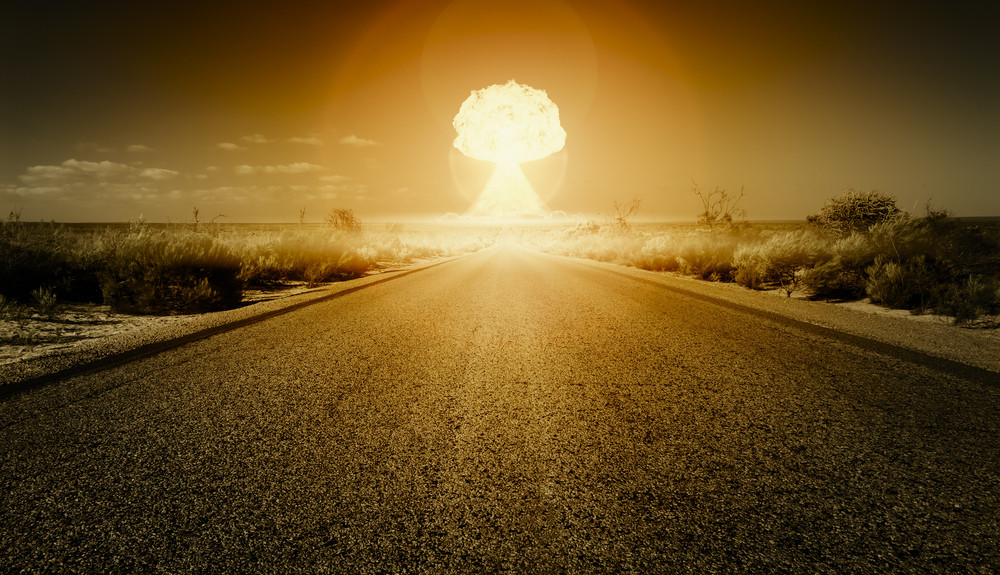This is the M28/29 “Davy Crockett”.
If you guessed “Daniel Boone” you were close (but no cigar).
Essentially it was a tiny nuclear bomb for a nuclear rocket launcher developed by the United States military in the late 1950s/early 1960s that was intended to be used on the actual battlefield, by troops in combat situations, rather than high-flying bombers over metropolises targeted to be destroyed.
It had a range of one and a half to two and a half miles. Strangely enough, this seemingly totable, convenient feature actually made it a possible suicide weapon for those operating it — depending on the winds, which could theoretically blow it back boomerang-style.
More from Foxtrot Alpha:
Through a weird quirk of physics, creating a small nuke is actually much more difficult than creating a large nuke. With a large nuke, you could essentially just keep adding additional fusion stages until you have something like the Soviet Tsar Bomba, but a small nuke requires precise assembly and difficult mathematics. The W54 eventually took a few tries, but it finally worked with some of the last American atmospheric nuclear tests, in the form of Little Feller I and II, part of Operation Sunbeam. Attorney General Robert F. Kennedy was in attendance.
The test seen up top had a yield equivalent of 18 tons of TNT, coming from a warhead that weighed only a little more than 50 pounds. Later, a variant of the warhead saw use in the Special Atomic Demolition Munition, also known as the “backpack nuke.”




































